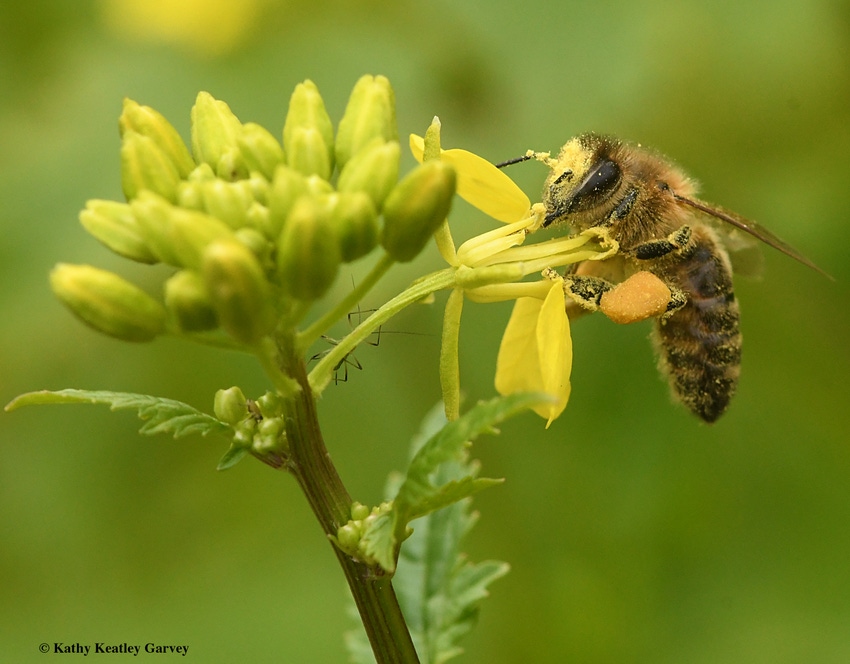
The enigma that is colony collapse disorder shows no sign of abating, as nearly 38 percent of honeybee colonies nationwide died last winter, according to a survey of beekeepers by the industry-backed Bee Informed Partnership.
Losses were 7 percent higher than the previous winter and nearly 9 percent higher than the average over the survey's 13-year history. Queries went to 4,696 beekeepers managing 319,787 colonies, the partnership explains in a news release.
The high death rate came as a surprise to researchers, says Nicole Miller-Struttmann, a biologist at Missouri's Webster University who is considered to be one of the nation's top bee experts.
"This is shocking because last year's survey showed some recovery, so many were hopeful that we were starting to reverse this trend," she says in an email to Farm Press.
Beekeepers had seen a decline in losses in the previous few winters, the University of Maryland's Dennis vanEnglesdorp tells the Associated Press. Van Englesdorp is the BIP's president.
“The fact that we suddenly had the worst winter we’ve had ... is troubling,” he tells the wire service.
Scientists estimate that one in every three bites of food we eat exists because of bees and other pollinators, according to the USDA's Natural Resources Conservation Service.
Researchers hoped they were gaining an upper hand against the malady known as colony collapse disorder, which has claimed as many as one-third of colonies on a nearly annual basis since 2006, according to the University of California-Davis.
Zeroing in on causes
They've been zeroing in on potential causes of the die-offs, which have been blamed on pesticide drift, malnutrition, water shortages, inclement weather and climate change.
The survey comes as a new paper by UC-Berkeley environmental researcher Jennie Durant and U.S. Geological Survey ecologist Clint Otto keys in on one potential cause: a shortage of forage resulting from land-use changes. The paper is published in the September issue of the journal Land Use Policy.
The scientists contend that habitat and forage loss are key drivers of honey and wild bee declines, and lthat and-use policies and land management practices incentivize forage loss. The researchers also cite neonicotinoid seed treatments that "have led to prophylactic use of bee-toxic insecticides."
Monitoring programs for native bee species can help track native bee loss, and altering habitat loss and land-use practices can mitigate bee declines, Durant and Otto write.
According to the beekeeper survey, an estimated 37.7 percent of managed honey bee colonies in the United States were lost between October 2018 and April 2019, following the loss of an estimated 20.5 percent of managed colonies in the U.S. last summer. For the full year that began in April 2018, beekeepers in the U.S. lost an estimated 40.7 percent of their managed honey bee colonies, the survey found. This is similar to last year’s annual loss estimate of 40.1 percent, but slightly higher (2.9 percentage points) than the average annual rate of loss reported by beekeepers since 2010-11 (37.8 percent), according to the release.
The group cautions that its figures are "preliminary" and that sample sizes and estimates will likely change. A location-specific analysis of last season's bee losses will be available soon, the organization states.
The private, nonprofit Bee Informed Partnership receives support from the USDA, the National Institute of Food and Agriculture, the Almond Board of California, the National Honey Board, the Honey Bee Health Coalition and other agencies and organizations, according to its website.
The survey was conducted by entomologists and horticulturists at Auburn University, the University of Maryland, Texas A&M University, Oregon State University, the University of Florida, Cornell University, the University of Tennessee, Appalachian State University, and Michigan State University.
About the Author(s)
You May Also Like






